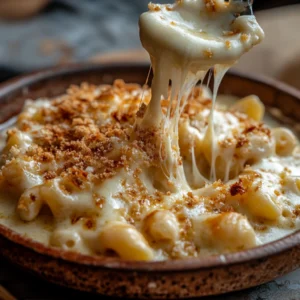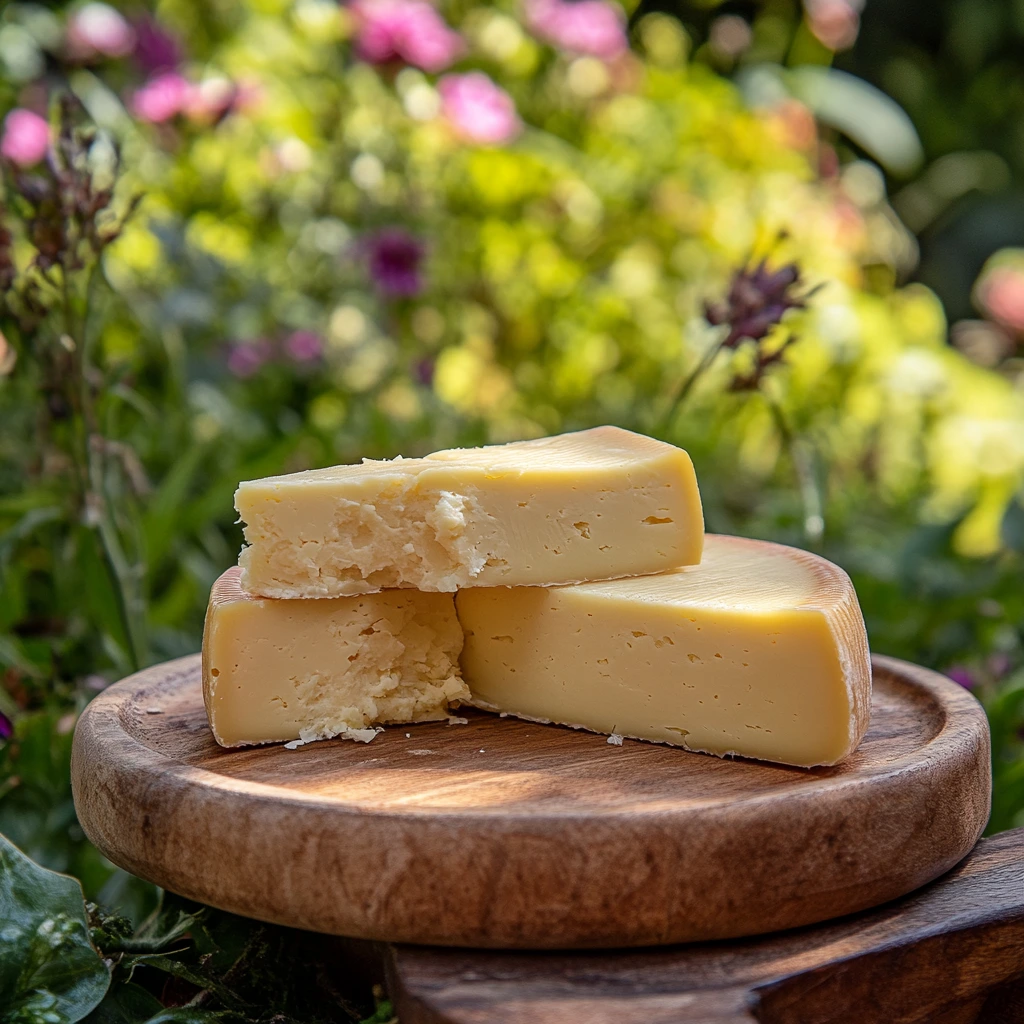Plymouth Cheese, one of Vermont’s finest artisan cheeses, is known not only for its rich flavor but also for its storied history and traditional production methods. As an integral part of Vermont’s cheese-making culture, Plymouth Cheese has remained a staple in the state’s artisan cheese industry for decades. In this article, we will explore the origins of Plymouth Cheese, its production process, the varieties it offers, and how it has maintained its esteemed reputation in the Vermont cheese market.
The Origins of Plymouth Cheese
The story of Plymouth Cheese begins in 1890, when Colonel John Coolidge, the father of President Calvin Coolidge, established the Plymouth Cheese Factory in the town of Plymouth, Vermont. The original factory operated for many decades, and its revival in the 1960s marked the beginning of a resurgence in the local cheese-making tradition. The factory’s dedication to producing high-quality, handcrafted cheese laid the foundation for what would become Plymouth Cheese’s status as a Vermont staple.
The Plymouth Artisan Cheese Factory is now a destination for cheese lovers and tourists alike. It continues to embody the rich history of the area and is a key contributor to Vermont’s thriving dairy industry. If you’re interested in learning more about the rich tradition of Vermont cheese-making, check out our article on Vermont Cheese: A Taste of Excellence, where we explore the broader landscape of Vermont’s dairy industry.
The Traditional Craftsmanship Behind Plymouth Cheese

One of the primary reasons for Plymouth Cheese’s exceptional quality is its traditional cheese-making process. Unlike mass-produced cheeses, Plymouth Cheese is crafted using time-honored techniques that have been passed down through generations. It all begins with fresh, high-quality milk sourced from local dairy farms. The milk is carefully monitored for quality, ensuring that only the best ingredients go into making the cheese.
The process involves several stages: curdling, draining, pressing, and aging. After the milk is pasteurized, the cheese-maker adds rennet to coagulate the milk, forming curds. These curds are then cut and gently stirred, allowing whey to separate from the curds. Once drained, the curds are pressed to remove any remaining moisture. This technique helps create the texture that makes Plymouth Cheese unique.
A critical step in the production process is the hand-waxing of the cheese. This age-old method involves coating the cheese in a protective wax layer, which helps preserve its freshness and enhances its flavor. The wax seals in moisture and prevents the cheese from drying out, allowing it to age perfectly. As the cheese ages, it develops its rich, smooth texture, and distinctive flavors.
For those who are interested in learning more about the traditional techniques that go into making Plymouth Cheese, a visit to the Plymouth Artisan Cheese Instagram offers a behind-the-scenes look at the cheese-making process, from milk to final product.
Exploring the Varieties of Plymouth Cheese

Plymouth Cheese offers a variety of cheeses, each with its own unique flavor profile. Whether you’re looking for a smooth and creamy cheese for a sandwich or a sharp and tangy option for a cheese board, Plymouth Cheese has something to suit every palate. Below are some of the most popular varieties:
1. Original
The Original Plymouth Cheddar is the flagship variety of Plymouth Cheese. It’s known for its smooth, creamy texture and mild flavor. This cheese is perfect for those who appreciate a classic cheddar that can be used in a variety of dishes, from grilled cheese sandwiches to mac and cheese. The Original Plymouth Cheddar also pairs wonderfully with crackers, fruits, and nuts.
2. Smoked
If you prefer a cheese with a bit of smoky flavor, Smoked Plymouth Cheese is an excellent choice. The cheese is smoked over wood chips, imparting a rich, deep flavor that complements a variety of foods. Whether used in sandwiches, melted over meats, or served on a cheese board, Smoked Plymouth Cheese adds an extra layer of flavor that can elevate any dish.
3. Garlic and Peppercorn
For those who enjoy bold and spicy flavors, Garlic and Peppercorn Plymouth Cheese delivers just that. Infused with garlic and peppercorns, this cheese has a distinct, zesty flavor that can be used to spice up sandwiches or salads. It’s also great for snacking on its own, especially when paired with a hearty wine or beer.
4. Hunter Sharp
Hunter Sharp Plymouth Cheese is a sharper variety with a more robust, tangy flavor. This cheese has a strong, mature taste that cheese lovers adore. Its bold flavor makes it an ideal addition to charcuterie boards, where it pairs well with cured meats and hearty bread.
5. Sage and Herb
This variety is infused with a combination of sage and other herbs, creating a savory, aromatic flavor. The herbs add complexity to the cheese, making it a perfect choice for pairing with light wines or serving as a topping for roasted vegetables and meats.
6. Truffle
Truffle Plymouth Cheese is a luxurious variety that adds an element of elegance to any cheese platter. Infused with truffle oil, this cheese has a rich, earthy flavor that makes it stand out. It pairs beautifully with red wines and can be used in gourmet recipes, such as truffle mac and cheese or truffle grilled cheese sandwiches.
Nutritional Information and Health Benefits
Plymouth Cheese is not only a delightful treat for your taste buds but also provides several nutritional benefits. It is an excellent source of protein and calcium, both of which are essential for maintaining strong bones and muscles. Below is an overview of the nutritional content of Plymouth Cheese:
- Caloric Content: Approximately 110-120 calories per ounce
- Fat Content: Around 9g of fat per serving, with a balance of saturated fats
- Protein: Roughly 7g of protein per ounce
- Calcium: A great source of calcium, which is important for bone health
In addition to these nutrients, it contains beneficial probiotics that support gut health, especially when enjoyed in moderation. It also contains healthy fats that contribute to overall well-being.
For those on specific diets, such as low-carb or high-protein regimens, it can be a satisfying and nutritious snack or ingredient. However, as with all cheese, it is best consumed in moderation.
Culinary Uses and Pairings
Plymouth Cheese is a versatile ingredient that can be incorporated into many different dishes. Here are some ideas for using Plymouth Cheese in your cooking:
1. Cheese Boards
One of the best ways to enjoy Plymouth Cheese is as part of a well-curated cheese board. Combine different varieties, such as the Original Plymouth Cheddar, Smoked Plymouth, and Garlic and Peppercorn Plymouth Cheese. Add accompaniments like grapes, apples, nuts, and artisanal crackers to complement the cheese’s flavors.
2. Sandwiches and Grilled Cheese
The mild flavor of the Original Plymouth Cheddar makes it ideal for classic grilled cheese sandwiches. You can also use the Garlic and Peppercorn variety for a zesty twist. For a gourmet experience, try incorporating truffle-infused Plymouth Cheese into a grilled cheese sandwich, paired with a hearty soup for a comforting meal.
3. Mac and Cheese

Take your mac and cheese to the next level by using Hunter Sharp Plymouth Cheese. Its sharp, tangy flavor will add depth and complexity to the dish. You can also experiment with blending other varieties for a unique flavor profile.
Customer Reviews and Testimonials
Plymouth Cheese has earned rave reviews from customers who appreciate its quality and unique flavors. Fans of the cheese often comment on its rich, smooth texture and the fact that each variety offers something for different tastes. Many people also praise the company’s commitment to traditional cheese-making methods, which they believe contributes to the cheese’s superior quality.
Customers visiting the Plymouth Artisan Cheese Factory often leave glowing reviews about their experience. Tour-goers enjoy learning about the history and craftsmanship behind the cheese, while others highlight the opportunity to sample the various varieties directly from the source.
FAQs about Plymouth Cheese
What is the history behind it?
It was founded in 1890 by Colonel John Coolidge in Plymouth, Vermont, and continues to be a cherished Vermont product.
How is it made?
It is made using traditional cheese-making techniques, including hand-milking, curdling, and hand-waxing the cheese.
What are the different varieties?
It offers several varieties, including Original Cheddar, Smoked, Garlic and Peppercorn, Hunter Sharp, Sage and Herb, and Truffle.
Where can I purchase it?
You can purchase Plymouth Cheese at the official website or at local markets in Vermont, and sometimes outside of Vermont in specialty stores.
Is it suitable for vegetarians?
It is suitable for vegetarians who consume dairy products.
Can I visit the Plymouth Artisan Cheese Factory?
Yes, the Plymouth Artisan Cheese Factory offers tours and tastings, where visitors can learn about the cheese-making process.
What are some recommended pairings?
It pairs well with wines, beers, fruits, nuts, and crackers, and can be enjoyed in a variety of dishes.
In conclusion, Plymouth Cheese is a shining example of Vermont’s rich cheese-making heritage. Whether enjoyed on its own, paired with a drink, or incorporated into a dish, Plymouth Cheese is a delicious and versatile addition to any table.
Bon appétit !

